Is It Possible to Paint Kitchen Cabinets Without Removing the Doors?
Find out whether your kitchen cabinets can be painted without door removal
If you are tired of how your kitchen looks, the simplest and quickest way to update its appearance is to repaint the cabinets. And if you check the recommendations from the professional painters, all of them suggest you remove the cabinet doors to paint them separately. However, in this case, painting the cabinets will take you way more time and effort! This is why homeowners often wonder whether painting kitchen cabinets without removing doors is possible.
So, in today’s article, we will do our best to answer this question. You will learn whether you can paint your kitchen cabinets without removing the doors. Also, we will provide you with a complete and detailed guide that will help you go through the painting process smoothly.
Finally, we will share a few most common mistakes people make when painting their kitchen cabinets. As a result, you will end up with a successfully finished painting project and kitchen cabinets covered with a flawless coat of paint!
Can I Paint My Kitchen Cabinets Without Removing the Doors?
Speaking shortly, yes, you can paint your kitchen cabinets with the doors still on. You can paint them successfully as long as you properly protect the surrounding area and use a correct paintbrush that will be able to easily get into all the areas that are hard to reach with other tools.

In fact, painting your kitchen cabinets without removing the doors is a better option since it offers a couple of big advantages. See, first of all, you will not have to wait until one side of the door will get dry before you continue painting.
Also, you will not be losing and/or misplacing some of the hardware which is a common problem people face when painting their cabinets.
Below, you can check out a brief description of the steps that should be taken for painting your kitchen cabinets without removing the doors. It’s just a brief overview though. For a detailed guide, read on to find out how exactly each step should be performed in detail.
- Start with removing knobs and drawer/door stoppers
- Put an old towel or cloth on the floor to protect it and sand the cabinets
- Wash your cabinets thoroughly to remove dust and grime left after sanding
- Let the cabinets fully dry
- Start painting, using methodical strokes and moving in the same direction
To paint around hinges and inside narrow spaces, use a small artist’s brush - Let your first coat of paint dry overnight
- Apply the second coat and let it dry overnight as well (You might need to apply up to three coats)
- Touch up any neglected or missed spots if needed
- After the cabinets are dry, add the knobs back
This was a brief and general description of the steps you will have to take when painting your kitchen cabinets without removing the doors.
Like this, now you have at least an approximate impression of what is waiting for you, and for more detailed instruction, read on to know exactly how each stage of the painting process should be gone through.
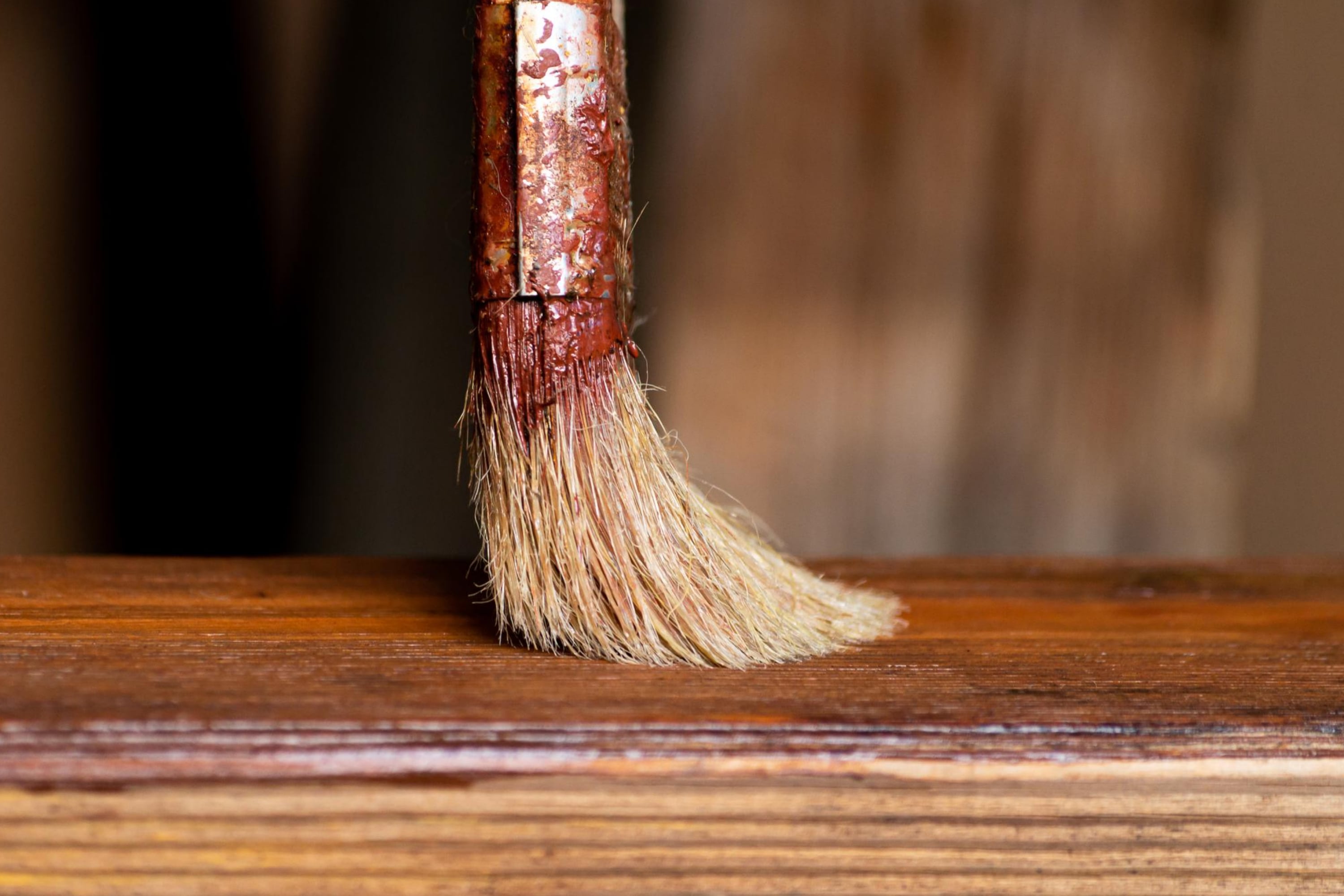
Semiglass via VistaCreate
Table of Contents
How to Paint Kitchen Cabinets With the Doors Still On?
Well, the very first thing you should do (even before you prep the surface for being painted) is to decide on the paint color you will be using. Make sure the color you select complements the rest of the color palette in your kitchen and all the colors read well together. Otherwise, you will need to repaint the cabinets pretty soon simply because you don’t like how it worked.
Preparation Stage. Get All the Tools and Materials You Need
This is the very first step on the way to perfectly painted kitchen cabinets. You need to make sure you have all the necessary tools at hand so that you don’t search for them in the middle of the painting procedure! So, what will you need?
Some of the tools you need include a brush and a paint pail. The brush you use will depend on the type of paint you have. If you will be using an oil-based paint, you will need to use a natural-bristle brush. However, you can also use a synthetic bristle brush, just make sure that it has been specifically designed for oil-based paints!
Should you decide to use latex paint instead, you will need a brush with synthetic bristles. We recommend you invest in a high-quality tapered brush as well as a trim brush. See, if you take a brush with natural bristles, it will expand when they contact with water. As a result, this brush will cause poor coating.
A paint pail is another tool that will make your work easier. What is it needed for? If you have already painted out of the can, you know this is quite inconvenient as the paint drips and causes a lot of mess all around!
A painter’s pail has a side handle that allows you to carry it conveniently. Plus, it also comes with a magnet for holding the brush upright when it is not in use. There is also an inside lip that is designed for wiping excess paint off the brush.
Except for a brush and a paint pail, there are a few other tools you will need:
- safety equipment (facial mask and gloves)
- a cleaning bucket
- a sponge
- a sanding block
As for the materials you will need, make sure you get some rosin paper, masking tape, cleaning agents, sandpaper, primer, and of course, paint.
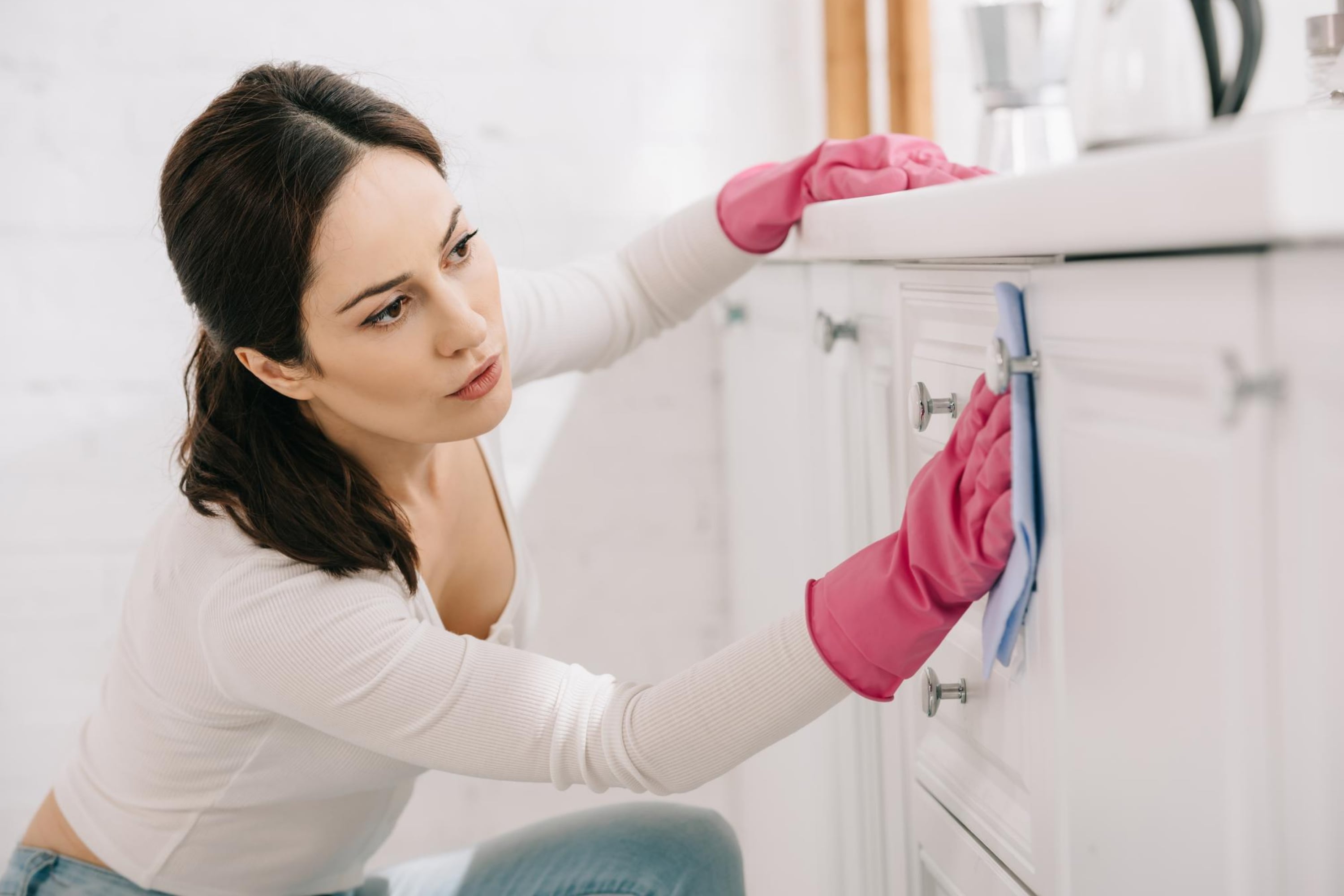
IgorVetushko via VistaCreate
Get the Surface And the Space Ready For Painting Procedure
Before you start painting your kitchen cabinets, all the necessary preparations must be made for a smooth and successful job. First of all, you need to check the condition of your cabinets. If they were previously painted and the paint is still in good condition, you can simply paint over that paint layer with no fear. However, if you see that the old paint is peeling or cracking, you will need to strip it off and apply a new coat to a bare surface.
Next, it is important to protect all the other kitchen surfaces from any accidental paint spills and splatters. You can cover the floors around your cabinets with drop cloths and use rosin paper to cover the countertops.
We would also recommend you attach the paper with masking tape to make it stay in place and not move while you are working.
You will also want to empty your kitchen cabinets before you start painting. It will allow you to work in a much easier manner. Also, make sure that all accessories from the nearby countertops are removed. As for the kitchen furniture, you should keep it away or at least (if it can’t be moved out of the room) cover it to protect it from paint stains.
Finally, the last step of this preparation process is cleaning. Thoroughly clean your cabinets since food residue, grime, and grease on their surface can keep your paint and primer from adhering properly.
To clean your cabinets, you can opt for a simple solution: just mix some water and trisodium phosphate. After cleaning the surface, wipe it with a clean rag until dry.
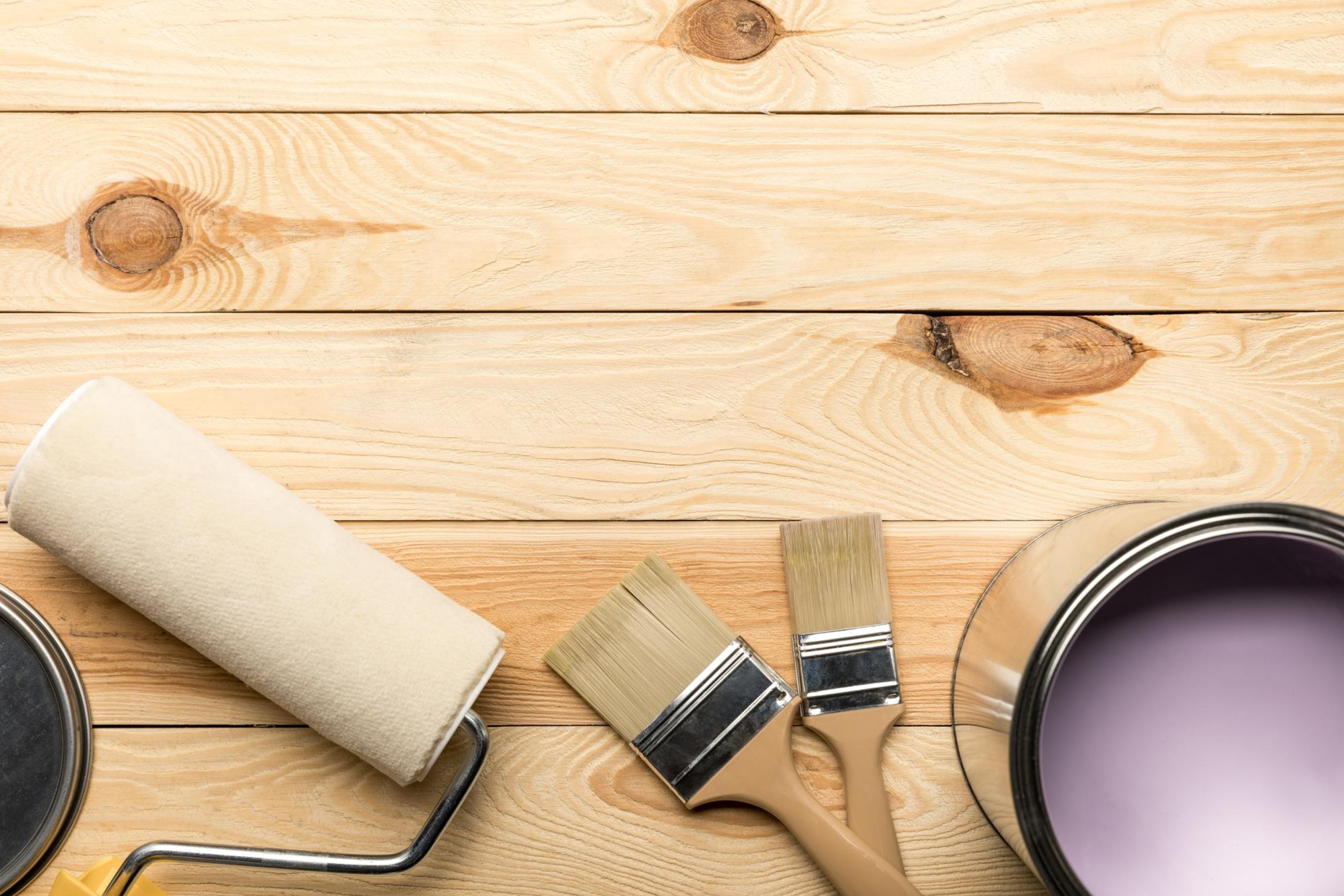
AntonMatyukha via VistaCreate
Sand the Surface Of Your Cabinets
After you prepare the room and the cabinets for being painted, sand them. This will help you make the surface dull, allowing the primer to adhere much better. For sanding flat areas, you can use the sanding paper with the sanding block, and to get to curved and hard-to-reach areas, you may want to fold the paper instead. After you finish sanding, remove the dust and wipe it with a tack cloth or a damp cloth.
Apply the Primer to the Cabinets
Some people wonder why priming is so important. See, priming before you paint provides a stable surface for the paint, allowing it to adhere much better and end up in a smoother coating. Also, priming helps you hide any stains on the surface that’s being painted. You may also want to prime your cabinets if their surface is very porous and the old paint is very glossy.
However, priming can sometimes be skipped with no bad aftermath for your kitchen cabinets. For example, you would need no primer if your cabinets are extremely clean and in excellent condition. Also, priming is not needed when you are painting over one color with similar color, or when you are using self-priming paints.
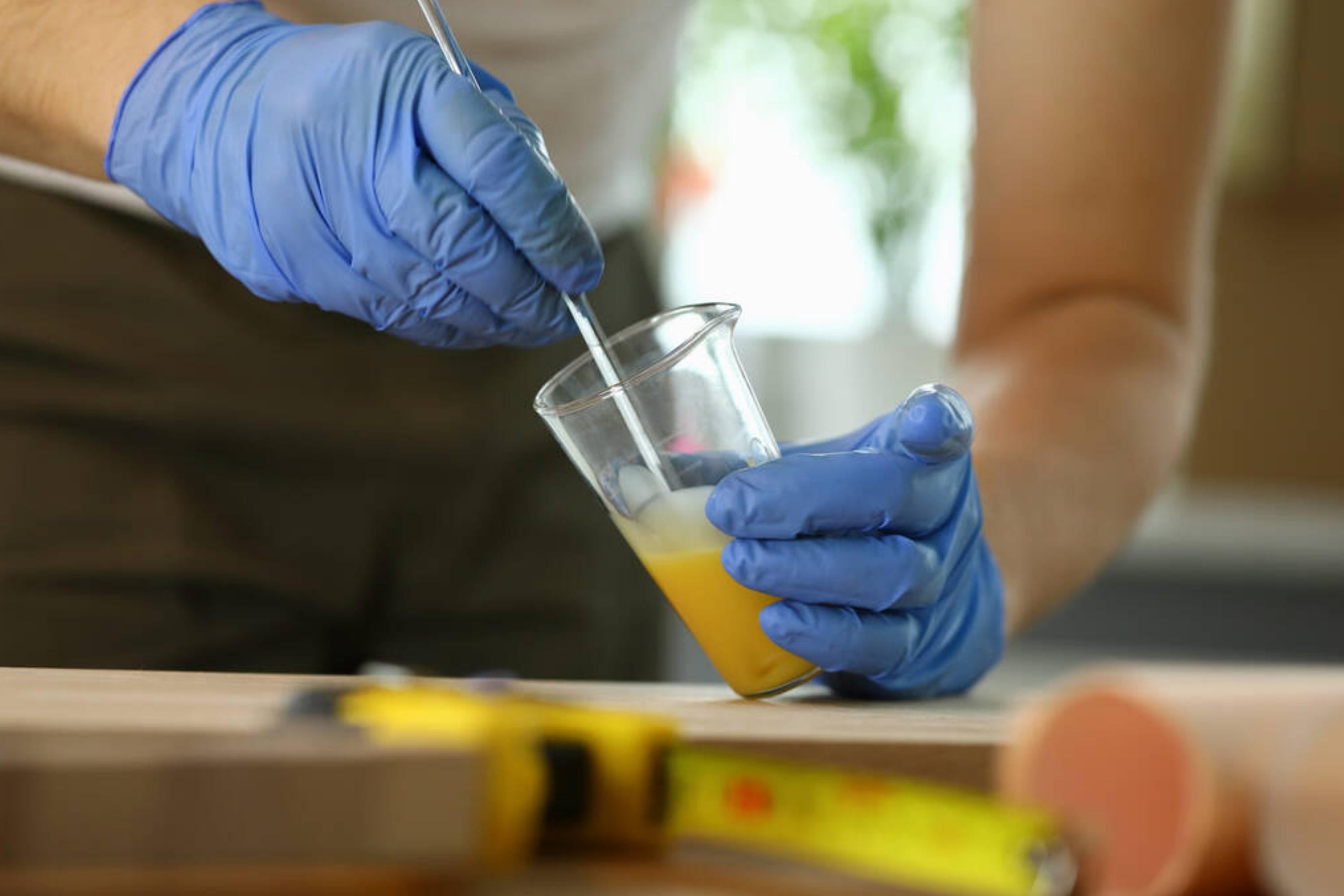
megaflopp via VistaCreate
Apply Paint to the Cabinets
After all the previous steps are completed successfully and the coat of primer dries completely, you can start applying paint over your surface. And here is a handy tip for you: the secret to painting kitchen cabinets without removing the doors is to use a small artist’s brush. Unlike big paintbrushes, it will go around the hinges much better and paint very narrow spaces easily.
After you apply the first coat, let it dry fully. Then, depending on the manufacturer’s instructions, you might want to lightly sand the surface and then apply the second coat of paint. The number of coats is up to you to choose from: sometimes the second coat could be your final coat. But if you see the color is not saturated enough, a third coat can be added.
Now you know how to paint kitchen cabinets without taking doors off them. With all the tips and life hacks we have shared with you, the process of paint application will be easy and satisfy you with a smooth coating and saturated color.

Khaligo via VistaCreate
What Mistakes You Should Avoid When Painting Your Kitchen Cabinets?
Basically, painting kitchen cabinet doors is not a difficult task. The trick is to prepare the surface properly and make sure the doors are clean so that the paint can adhere properly. However, although people know about this nuance when they paint cabinet doors, they tend to make the same silly mistakes that often result in poor coverage and an improperly applied coat of paint!

As a result, the cabinets soon have to be repainted. So we decided to tell you more about these common mistakes so that you could avoid making them when you decide to refresh the appearance of your kitchen!
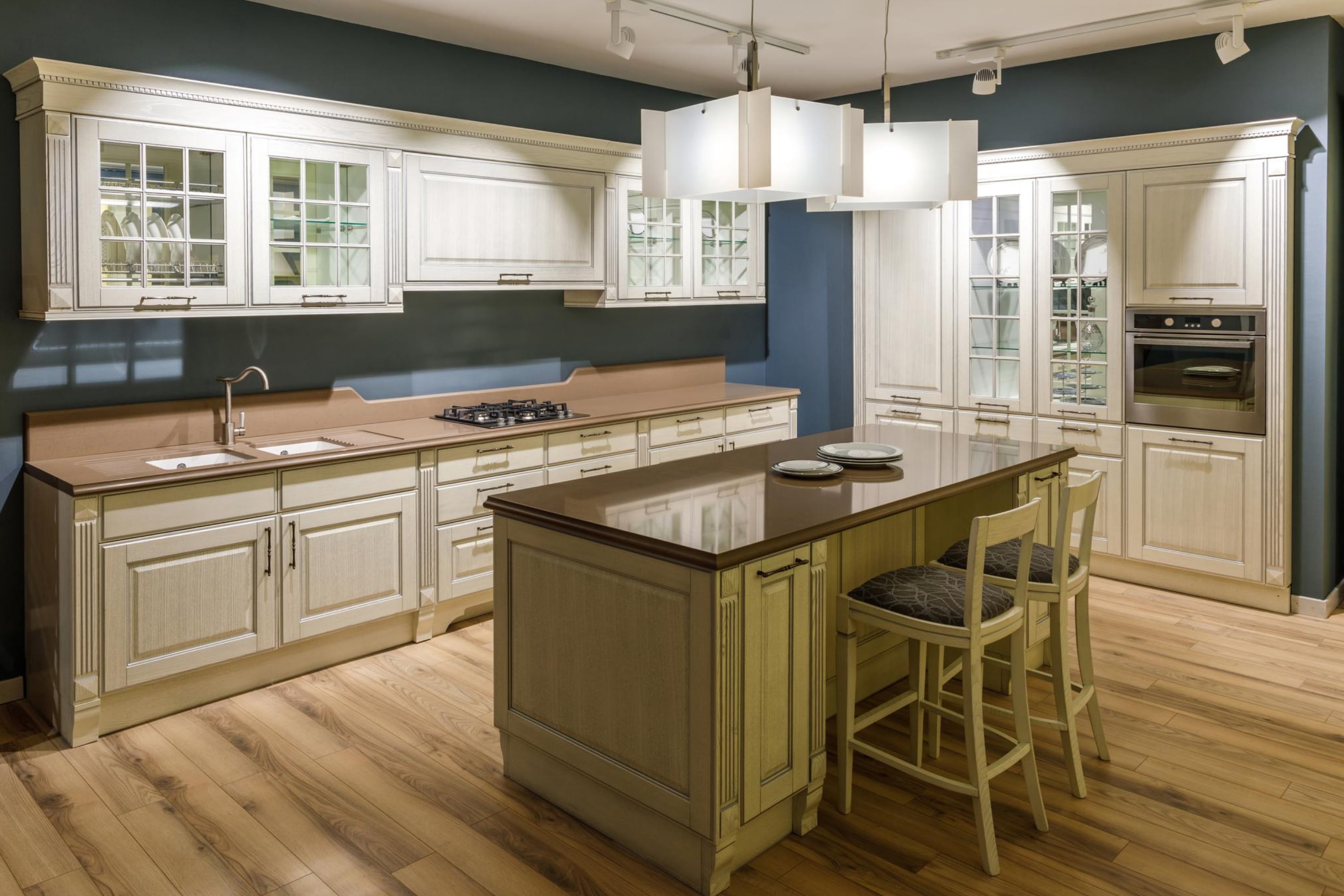
AntonMatyukha via VistaCreate
You Don’t Prepare Properly Or Don’t Prepare at All
The biggest mistake is not taking enough time to properly prepare for the painting process. Most people tend to think that painting kitchen cabinets is something like a one-minute DIY job, but it’s not like that! It’s a tricky and time-consuming project that can look worse in just a few months if not done right.
This is why it is so crucially essential to know what is needed to prepare the cabinets for painting. For example, most cabinets will require sanding. Also, if there are cracks on the surface, those will have to be filled, and all the uneven areas fixed with wood filler.
You Fail to Label the Doors And the Hardware
Even if you don’t have many cabinets to paint, once you remove all of the doors and hardware, it can be difficult to remember what goes back where. This is why in order to make reattaching the doors easier, you should number each cabinet door as you remove it.
Also, it can help if you place the hardware for each door in a small separate bag and label each bag with the coordinating cabinet number. It will make the process of reattaching the doors much easier and faster.
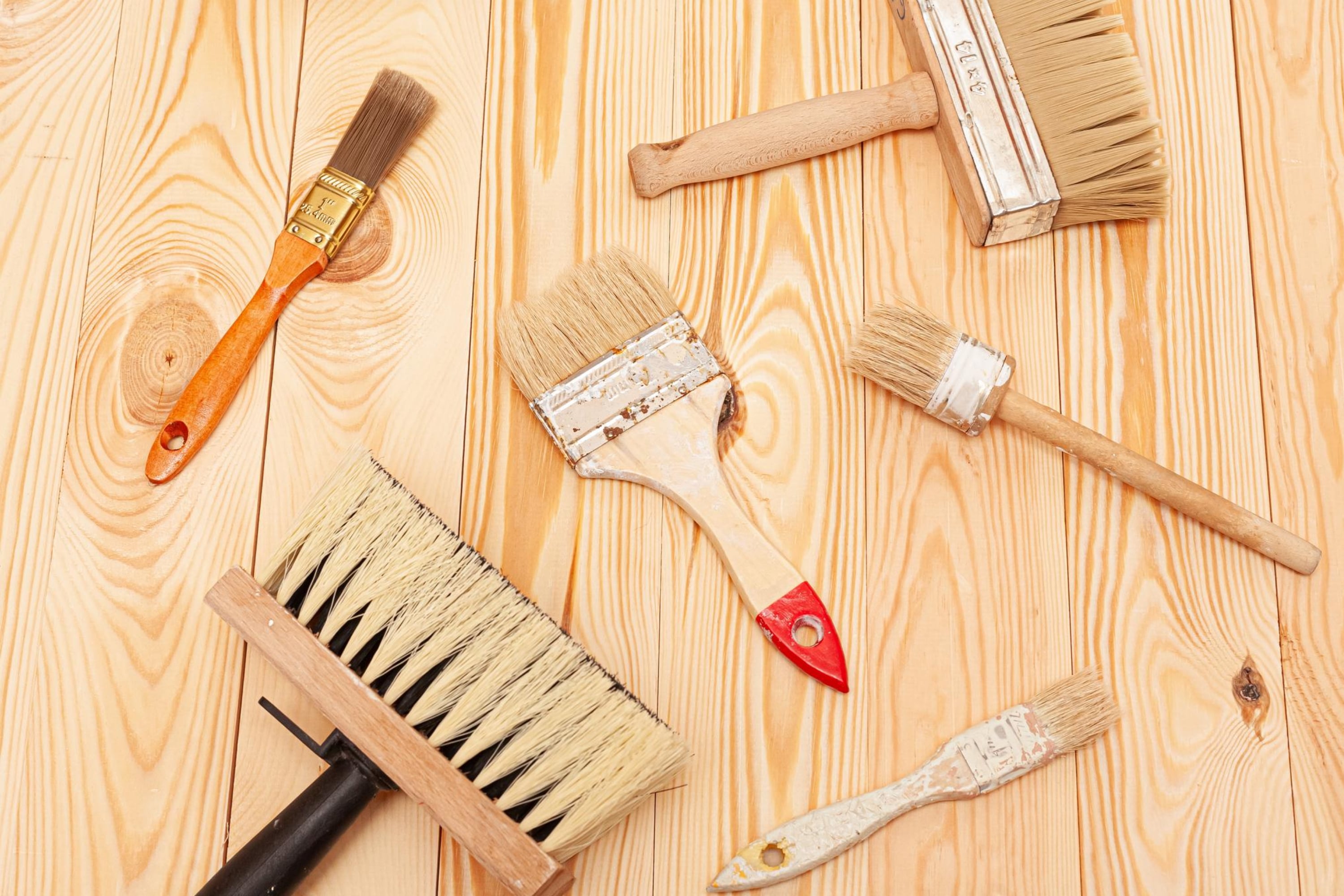
tigran.gasparyan.m via VistaCreate
You Paint With a Way Too Thick Layer
When painting kitchen cabinets, your goal is to achieve a durable surface that will be able to survive daily use. The best way to do it is by applying multiple layers of thin paint instead of applying one thick layer. See, when you apply the paint in several thin layers, it adhered much better and creates a more durable coating than a single thick coat that can chip off more easily.
You Forget Or Avoid Using Primer
As we already said above, priming is essential, and this is why. By applying the primer, you create a protective barrier, allowing your paint color to shine. As an option, if the surface you are going to paint is smooth, a coat of primer can add some traction that is needed so the paint will stick.
Priming can also become handy if you are painting one kind of paint over another. For example, older cabinets are typically painted with oil-based paint. However, the most common paint that is used today is latex paint!
But if you apply latex paint over oil-based paint, it will slowly peel off, requiring re-painting. But if you apply an oil-based primer and then apply the latex paint on your cabinets, you will get much better adhesion and coverage!
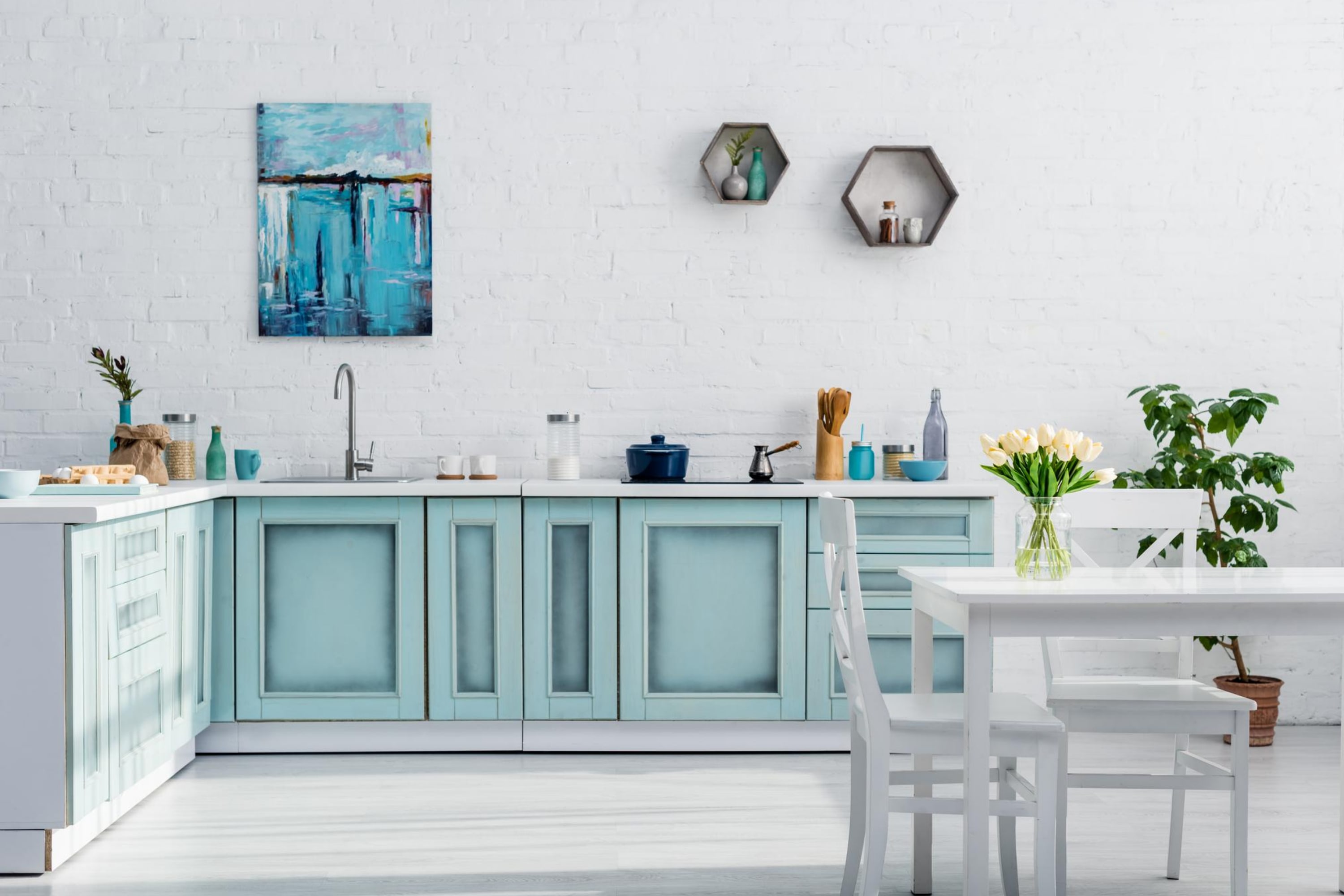
AndrewLozovyi via VistaCreate
You Don’t Give Your Cabinets Enough Time to Dry
This is the last common mistake that people make when painting their cabinets. You need to remember to give them plenty of time to not only dry but also to cure! See, painted cabinets may be dry to the touch within a few hours already, but it doesn’t mean you can start using them! The curing process is not finished yet and it can take several days.
When you start using your cabinets while they are not fully cured, you make them more susceptible to chips and marks.
We recommend you wait at least 48 hours before reattaching the cabinet doors and hardware, as well as before using them again.
Also, be careful not to slam or scrape the doors for the first week even if the paint layer is cured!
Well, now you know that it is possible to paint kitchen cabinets without removing the doors. And you have also received a detailed guide on how this painting procedure should be done to end up successfully.
We told you what steps to take to paint your kitchen cabinets with the doors still on and apply the paint smoothly, ensuring a durable coating. Also, you learned about the most common mistakes people make that may lead to improper coverage and poor paint adhesion.
Ever wished paint sampling was as easy as sticking a sticker? Guess what? Now it is! Discover Samplize's unique Peel & Stick samples. Get started now and say goodbye to the old messy way!
Get paint samples




Frequently Asked Questions
⭐Is it better to spray or roll kitchen cabinets?
Spraying is better if you want a factory-grade finish. By rolling them, you will get an uneven finish.
⭐Can you use canned spray paint for kitchen cabinets?
Yes, this kind of spray paint can be used on kitchen cabinets successfully!
⭐What’s the best spray paint for kitchen cabinets?
The best spray paint for kitchen cabinets is a universal solvent-based paint or solvent-based paint.
4 thoughts on “Is It Possible to Paint Kitchen Cabinets Without Removing the Doors?”
Leave a Reply

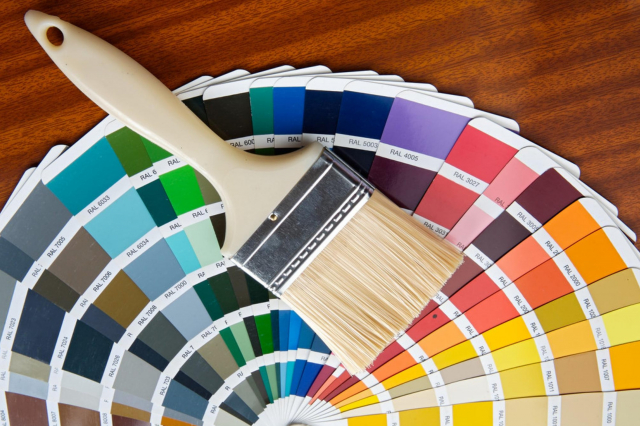

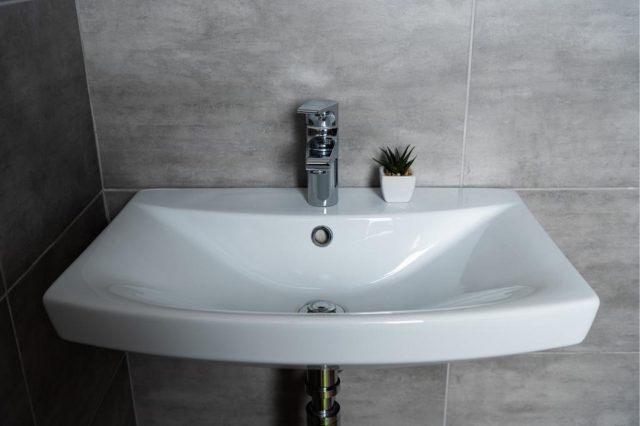
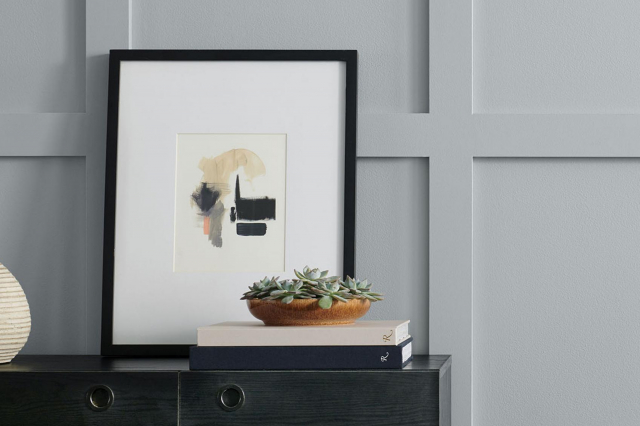

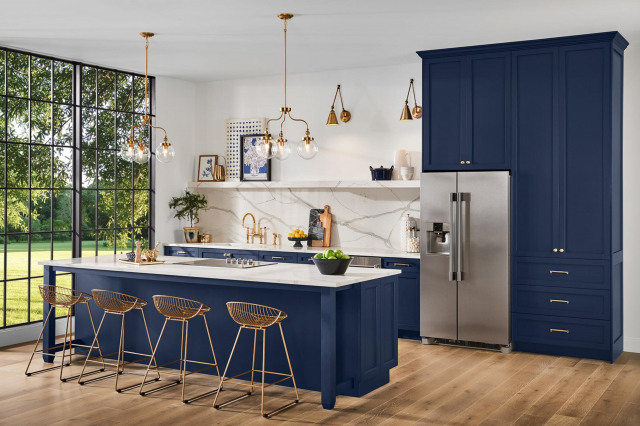

Hi! Well, I guess they can last for a few of years for sure! See, it depends on how actively they’re used and how well you prep the surface. Also, it matters how well you maintain them, I suppose.
Could you please tell me how long spray painted cabinets usually last? I’d like to make some quick renovation but I’m not sure whether it’s worth spending time on this project if the paint won’t last long. Thanks!
Hi! I’d like to ask you a question if possible. See, I want to repaint my kitchen cabinets that are now very dark gray. I want them white. What kind of paint shall I use? And do I have to prime?
Hello! Yes, priming is essential in your case since it will allow you get a better coverage and allow you to conceal the old paint better. As for the paint to use, it depends on the type of paint you have on the cabinets now. If they’re painted with oil paint and you’re going to repaint with latex, you’ll need to use a special primer for that.